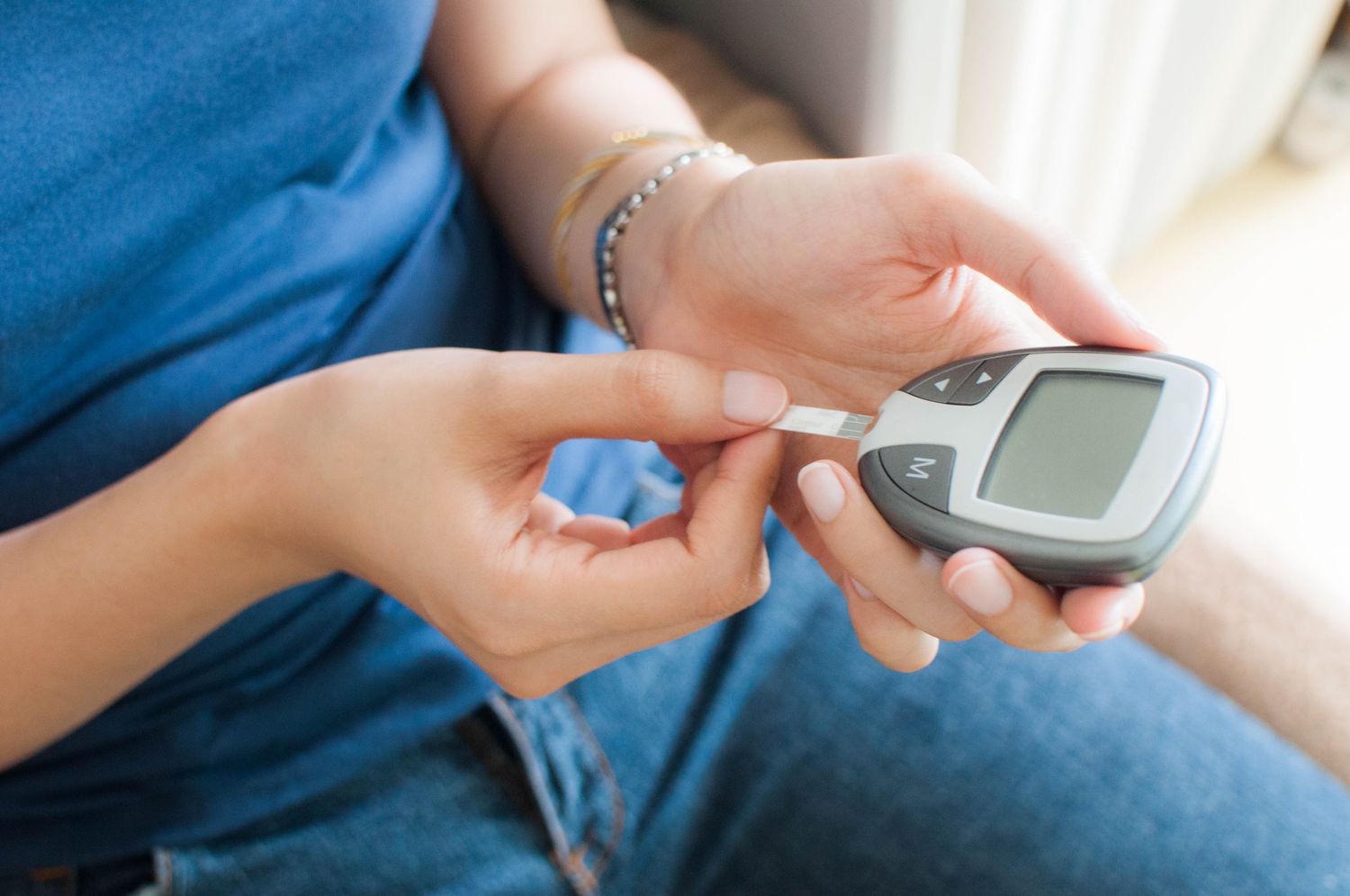
Understanding Diabetes Type 2: Causes, Symptoms, and Management
Introduction
Diabetes Type 2, a prevalent metabolic disorder, affects millions of people worldwide. Unlike Diabetes Type 1, this condition is characterized by insulin resistance and insufficient insulin production. In this article, we will explore the causes, symptoms, and management of Diabetes Type 2, empowering readers with valuable insights into this chronic condition.
- Causes of Diabetes Type 2
Diabetes Type 2 develops when the body becomes resistant to the effects of insulin or fails to produce enough insulin to maintain normal blood sugar levels. Several factors contribute to its development:
- Lifestyle Factors: Sedentary lifestyle, poor dietary habits, and obesity are significant risk factors for Diabetes Type 2. Consuming excessive sugary and high-calorie foods, combined with inadequate physical activity, can lead to insulin resistance.
- Genetics: Family history plays a role in determining an individual’s susceptibility to Diabetes Type 2. If one or both parents have the condition, the risk of developing it increases.
- Age and Ethnicity: Advancing age and certain ethnic backgrounds, such as African Americans, Hispanics, Native Americans, and Asians, are associated with a higher risk of Diabetes Type 2.
- Medical Conditions: Certain medical conditions, such as polycystic ovary syndrome (PCOS), hypertension, and cardiovascular disease, can contribute to the development of insulin resistance.
- Symptoms of Diabetes Type 2
Diabetes Type 2 often develops slowly, and some individuals may not experience noticeable symptoms in the early stages. Common symptoms include:
- Increased Thirst (Polydipsia): Elevated blood sugar levels lead to dehydration, causing excessive thirst.
- Frequent Urination (Polyuria): The kidneys attempt to remove excess sugar from the blood, resulting in frequent urination.
- Fatigue: The body’s cells may be deprived of glucose, leading to persistent tiredness and lack of energy.
- Blurred Vision: High blood sugar levels can affect the eyes’ lenses, leading to temporary vision problems.
- Slow Healing: Wounds, cuts, and infections may take longer to heal in individuals with Diabetes Type 2.
- Numbness or Tingling: Prolonged high blood sugar levels can damage nerves, causing numbness or tingling in the hands and feet.
- Diagnosing Diabetes Type 2
Diagnosis of Diabetes Type 2 involves several tests to assess blood sugar levels and insulin resistance:
- Fasting Blood Sugar Test: Measures blood glucose levels after an overnight fast. A result of 126 milligrams per deciliter (mg/dL) or higher indicates Diabetes Type 2.
- Oral Glucose Tolerance Test (OGTT): After fasting, a sugary drink is consumed, and blood sugar levels are measured two hours later. A reading of 200 mg/dL or higher confirms Diabetes Type 2.
- Glycated Hemoglobin (HbA1c) Test: Provides an average blood sugar level over the past few months. An HbA1c level of 6.5% or higher is indicative of Diabetes Type 2.
- Management of Diabetes Type 2
Diabetes Type 2 is a manageable condition with the following key strategies:
- Lifestyle Changes: Adopting a healthy lifestyle is fundamental in managing Diabetes Type 2. This includes maintaining a balanced diet, engaging in regular physical activity, and achieving and maintaining a healthy weight.
- Oral Medications: For some individuals, oral medications are prescribed to improve insulin sensitivity or stimulate insulin production.
- Insulin Therapy: In more advanced cases, when oral medications are insufficient, insulin therapy may be required to control blood sugar levels effectively.
- Blood Sugar Monitoring: Regular monitoring of blood sugar levels helps individuals make informed decisions about medication, diet, and lifestyle adjustments.
- Diabetes Education: Learning about the condition, its management, and potential complications is crucial for empowering individuals to take charge of their health.
Conclusion
Diabetes Type 2 is a complex condition influenced by a combination of genetic and lifestyle factors. Early diagnosis, along with a proactive approach to managing the condition through lifestyle modifications, medications, and regular monitoring, can significantly improve the quality of life for those affected. By raising awareness and promoting a healthy lifestyle, we can reduce the prevalence of Diabetes Type 2 and enhance the overall well-being of individuals living with this chronic condition.

